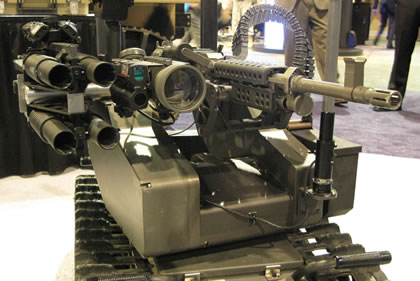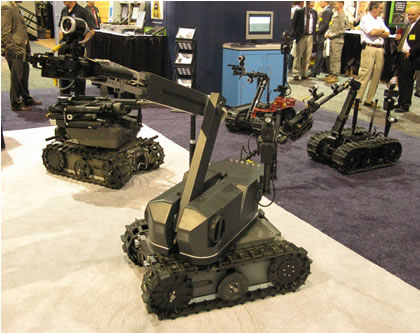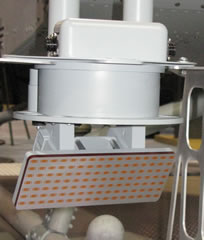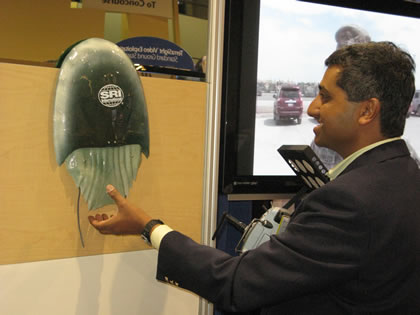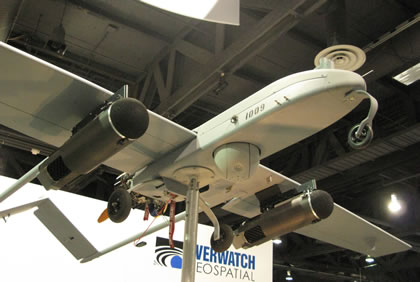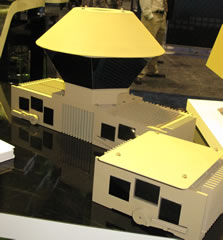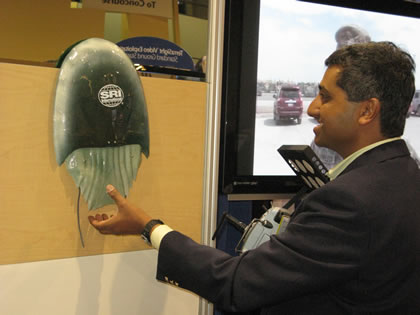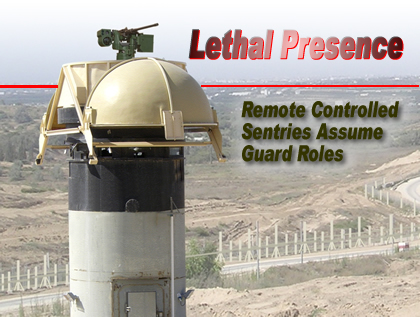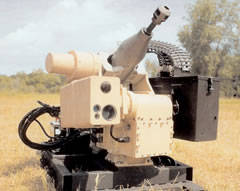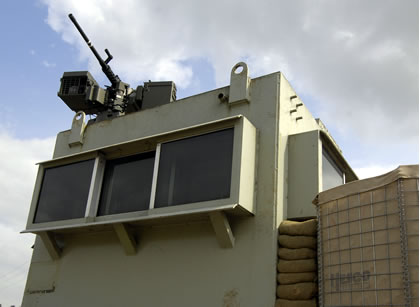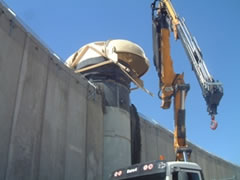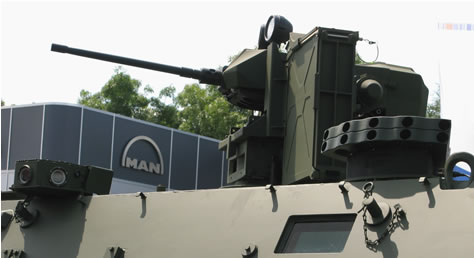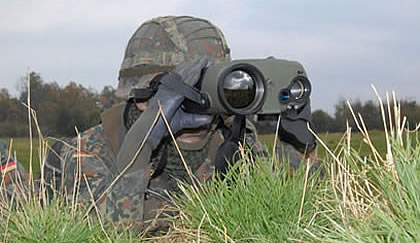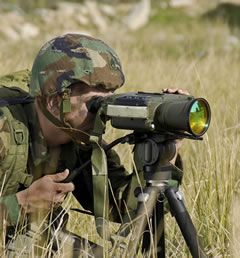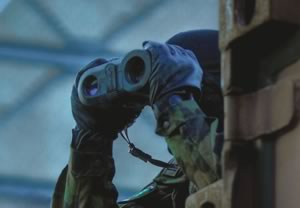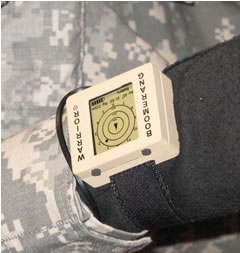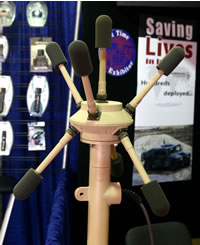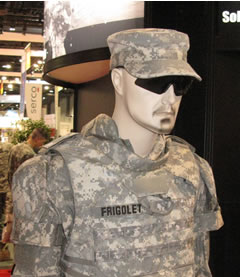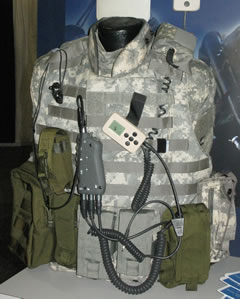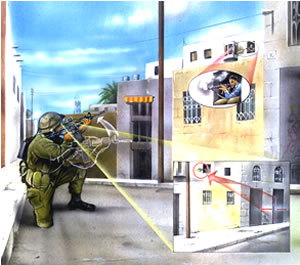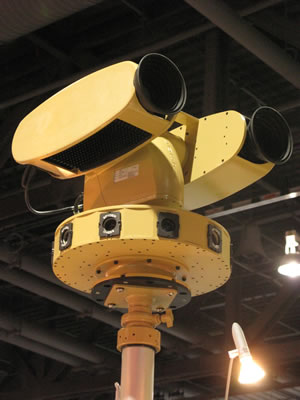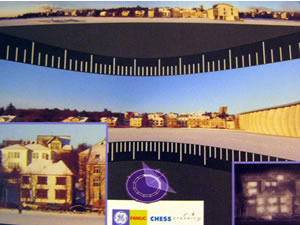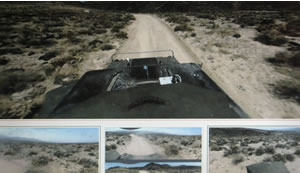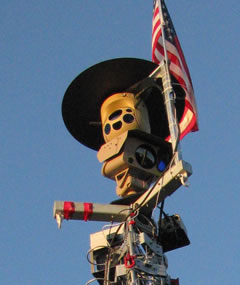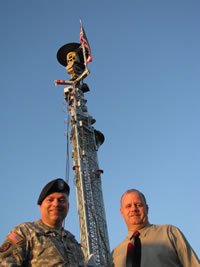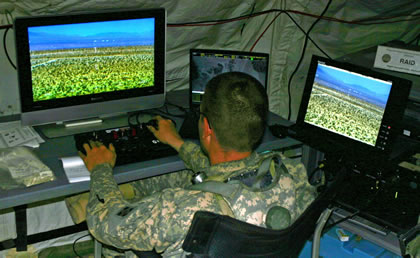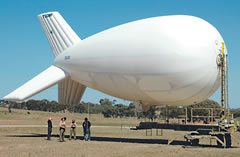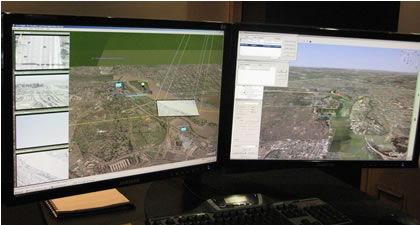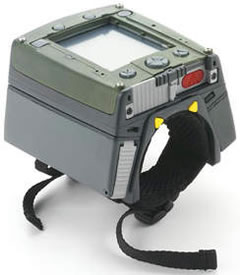Boeing, in cooperation with InSitu, the developer of the ScanEagle Unmanned Aerial System (UAS) is developing several derivatives of the basic ScanEagle design, to match specific missions and applications. Two variants unveiled by Boeing at AUVSI 07 were an airborne sensor designed to detect biological hazards and an air-insertable UAV, both based on derivatives of the ScanEagle system. in late 2009 Boeing was awarded a U.S. Navy contract to study the use of a ‘magnetically quiet’ UAV that could be used for tracking submarines.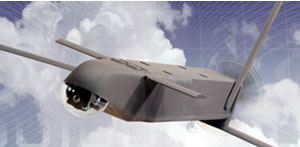
The standard ScanEagle is operating on Intelligence, Reconnaissance and Surveillance missions, supporting US and Australian forces. It is operated by Boeing under outsourcing contracts awarded by the US Marine Corps and Australian government. In those missions these UAVs have accumulated over 50,000 hours of operational experience operating primarily in Iraq and Afghanistan.
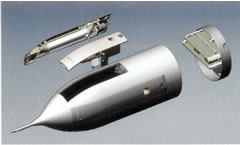 Using the basic ScanEagle aerial vehicle design, Boeing designed a biological combat assessment system (BCAS), to meet requirements defined by the Defense Threat Reduction. Such system will be able to collecting data on biological hazards, to identify and assess hostile threats. The system will employ new technologies to monitor sites suspected of containing weapons of mass destructions targets. When such targets are attacked by friendly forces, the BCAS will attempt to locate, track and collect biological warfare agents released into the air during air strikes. The BCAS system will integrate both ISR and Biological Collection and Detection (BC) versions of ScanEagle. The ISR vehicle will use electro-optical and infrared cameras to observe a strike and resultant plume. This data will be used to create a predictive dispersal model, guiding the BC aircraft to collect samples from the plume of airborne agents. Each BC ScanEagle will mount five modular cartridges and four ‘pass through’ particle collectors, enabling multiple measurements. It will also have a plume sensor to monitor the relevant target. Controlled via satellite link the two UAVs will be able to reach targets over a distance of 250 nautical miles, loiter over the area for 60 minutes.
Using the basic ScanEagle aerial vehicle design, Boeing designed a biological combat assessment system (BCAS), to meet requirements defined by the Defense Threat Reduction. Such system will be able to collecting data on biological hazards, to identify and assess hostile threats. The system will employ new technologies to monitor sites suspected of containing weapons of mass destructions targets. When such targets are attacked by friendly forces, the BCAS will attempt to locate, track and collect biological warfare agents released into the air during air strikes. The BCAS system will integrate both ISR and Biological Collection and Detection (BC) versions of ScanEagle. The ISR vehicle will use electro-optical and infrared cameras to observe a strike and resultant plume. This data will be used to create a predictive dispersal model, guiding the BC aircraft to collect samples from the plume of airborne agents. Each BC ScanEagle will mount five modular cartridges and four ‘pass through’ particle collectors, enabling multiple measurements. It will also have a plume sensor to monitor the relevant target. Controlled via satellite link the two UAVs will be able to reach targets over a distance of 250 nautical miles, loiter over the area for 60 minutes.
ScanEagle Compressed Carriage’ (SECC)
Another derivative of the ScanEagle, currently pursued by Boeing is the ‘ScanEagle Compressed Carriage’ (SECC) design. Using air durfaces and fuselage derived from the dominator program and avionics, payloads and controls of the ScanEagle, this vehicle is planned for air insertion or launch from submarines. In air insertion, the vehicle is extracted from the aircraft by a parachute. As the parachute decelerates it to the required altitude and speed, SECC will separate from the parachute, deploy its wings and start the engine to begin the mission. When launched from a submarine, SECC will use a sealed sub-scale container to launch from a Trident missile-launch tube. Once airborne, the container will open, starting the vehicle’s deployment sequence.
SECC utilize many elements derived from ‘Dominator‘, another Boeing program developed by Boeing for the US Air Force Research Lab’s (AFRL) area dominance munition technology program. SECC uses folding flight surfaces, along with container-loaded design optimized for internal carriage by cargo aircraft or for external carriage by fighters, using standard weapon’s carriage mounts. These vehicles could also use the ‘wingtip snag’ for airborne recovery by transport aircraft, tilt-rotors
Multiple SECCs will be able to operate in constellations, controlled by a single ground station on long-range ISR missions, extended pursuit of high-priority, time sensitive targets, active and passive information warfare operations and monitoring and surveillance of areas affected by weapons of mass destruction.
Anti-Submarine ScanEagle
Boeing is working on modifying the Compresses Carriage ScanEagle UAV into an aerial sensor capable of tracking submarines. Working under a U.S. Naval Air Warfare Center Aircraft Division (NAWCAD) contract, Boeing is converting the Scan Eagle’s diesel engine to operate in ‘magnetically silent’ mode, enabling the drone to employ magnetic anomaly detection systems tracking submarines underwater. Boeing considers using the vehicle, configured as the MagEagle Compressed Carriage (MECC) – an Unmanned Aerial System (UAS) designed and built to be magnetically quiet, deployed from the manned P-8A Poseidon maritime patrol aircraft. When deployed, as part of the Poseidon combat system, MECC would provide additional validation of potential targets, enabling the P-8A to simultaneously conduct both low and high altitude anti-surface warfare, anti-submarine warfare and command-and-control intelligence, surveillance and reconnaissance missions. Boeing will begin testing the MECC sensor system, vehicle integration and magnetic noise reduction in 2010.
ScanEagle was developed in partnership with Boeing. The system was designed for field operations by land or sea, utilizing the SuperWedge launcher and patented SkyHook retrieval system. The air vehicle has a tubular fuselage, coupled with a large wing (10.2′ wing span) with winglets used as vertical rudders. ScanEagle has an empty weight of 26.5 pounds (12 kg) and maximum takeoff weight of 44 lbs (20 kg). It is designed for cruising speed of 48 kt and operates at a ceiling of 19,500 ft. for missions extending over 20 hours. The UAV uses an inertial stabilized electro-optical turret using visual or infrared cameras. The ScanEagle uses a 1.9 hp two stroke engine running on gasoline. A heavy fuel engine running on JP-5 is in development. This engine will extend mission endurance over 28 hours.

